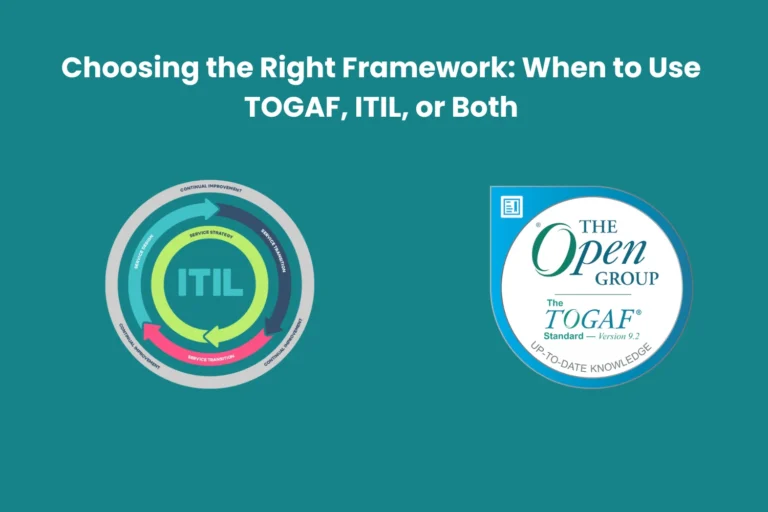Simplify Security: Unveiling the Power of SASE
Post Preview
Key Takeaways:
- Exploration of SASE as a comprehensive networking and security solution.
- Guidance on implementing and benefiting from SASE’s capabilities.
- Understanding of SASE’s place in contemporary and future network security landscapes.
Table of Contents:
- Introduction to Network Security Evolution
- What is SASE (Secure Access Service Edge)?
- Advantages of Adopting SASE for Modern Businesses
- Implementing SASE in Your Organization
- Real-World Applications of SASE
- Comparison with Traditional Network Security Approaches
- Security and Compliance Considerations in SASE
- Selecting a SASE Provider: Factors to Consider
- Conclusion: Embracing SASE for a Secure and Agile Network
Introduction to Network Security Evolution
Network security has progressed substantially from its inception. Gone are the days when securing a business’s digital terrain meant fortifying the parameters of a single central office location. The diversification of where and how we work, predominantly sparked by the global rise in remote access needs, has ushered in complex challenges for network security. Modern enterprises demand solutions that address the proliferation of mobile devices and remote offices. With the revolutionary concept of SASE, organizations are well-equipped to navigate this network transformation. This new framework embodies the evolution toward a more flexible, cloud-centric approach to securing business data and assets.
What is SASE (Secure Access Service Edge)?
Secure Access Service Edge, or SASE (pronounced “sassy”), represents a fusion of comprehensive cybersecurity protection with advanced network connectivity, all delivered through a unified, cloud-centric service model. In redefining perimeter security, Secure Access Service Edge (SASE) shifts the focus from site-centric to user-and-identity-centric security, accommodating the widespread dispersal of users and resources. Unlike the firewall-based, data center-centric architectures of the past, SASE embodies the present need for elasticity and agility, providing a platform where security is intrinsic and ubiquitous across all network access.
This framework consists of multiple components, including Software-Defined Wide Area Networking (SD-WAN), Cloud Access Security Brokers (CASB), Secure Web Gateways (SWG), and Zero Trust Network Access (ZTNA). By converging these technologies under a common, overarching framework, SASE achieves a seamless and secure network infrastructure essential in today’s cloud-first business environments. These components work in concert to connect and secure all edges — including data centers, branches, mobile devices, and cloud resources — with policies that follow users, data, and devices wherever they go.
Advantages of Adopting SASE for Modern Businesses
Adopting SASE can be highly advantageous for businesses navigating the complexities of modern network security. It converges security services with network functionality to create a more resilient and responsive infrastructure. This integration bolsters the ever-changing landscape of cyber threats, providing enhanced real-time threat prevention. Companies can now enforce their security policies consistently and adaptively, exactly when and where needed within their network.
Beyond the security benefits, SASE simplifies the management of network infrastructures considerably. By converging previously siloed services, businesses can enjoy reduced complexity through a single, streamlined management console. This unified approach enhances visibility and improves the ability to respond to issues swiftly. Moreover, SASE inherently supports scalability. Distributed enterprises, especially those adapting overnight to support remote workforces, find this scaling ability invaluable. As resource needs fluctuate, SASE’s flexible framework can accommodate, ensuring continuous, reliable, and high-speed connectivity for users across the globe, which all translates to an agile and competitive business.
Implementing SASE in Your Organization
Transitioning to a SASE model requires thoughtful strategy and meticulous planning. Organizations need to analyze their existing infrastructure, observe the nuances of their network traffic, and comprehend their security posture. Given that SASE is a progressive and forward-looking architecture, such evaluation must include future growth projections and potential changes in workforce distribution. This phase also involves getting the organization’s leadership on board with this paradigm shift, articulating the long-term benefits of migrating to SASE against the backdrop of the scalable and increasingly cloud-reliant modern enterprise.
The step-by-step migration onto a SASE platform will likely unmask challenges. Among these are legacy systems that were once cornerstones but now require overhauling or replacement. Budgeting also becomes a centerpiece of this transition, as reallocating funds from traditional network security investments to SASE-related technologies may initially seem daunting. To sail smoothly through these challenges, partnering with a SASE provider who can delineate a staged implementation plan and emphasize constant security posture improvement without abrupt service disruption becomes essential.
Real-World Applications of SASE
The versatility of SASE is showcased across various industries. SASE architectures are becoming prevalent in healthcare, where patient data security is as crucial as the agility to support telehealth services. Similarly, with their rigor for compliance and reliance on real-time data analysis, financial institutions turn to SASE for its robust security controls embedded within their network’s fabric.
Retail chains provide another compelling narrative of SASE’s applicability. As they spread their footprint across diverse geographies, the need for secure yet agile interconnectivity between stores, warehouses, and online services becomes paramount. SASE allows these entities to connect their diverse points of presence securely and manage them through a unified cloud-based console while optimizing the performance and user experience for both customers and staff.
Comparison with Traditional Network Security Approaches
The contrasts between SASE and conventional network security frameworks are striking. The central tenet of traditional security—creating a secure perimeter around resources housed within a central location—falters in the face of today’s distributed and cloud-oriented world. On the other hand, SASE redefines the very concept of network boundaries. It renders geographic perimeters obsolete, focusing instead on securing users and resources no matter where they are.
Evaluating the return on investment (ROI) when considering SASE involves examining immediate financial savings, such as the reduction of on-premises hardware, and the strategic advantages gained through agility and security-first design. Organizations can appreciate the long-term benefits through reduced operational costs, less downtime due to security breaches, and increased productivity enabled by a superior user experience.
Security and Compliance Considerations in SASE
In an era of stringent compliance demands and enhanced awareness of data privacy, SASE represents not just a security model but a business imperative. Its architecture caters to the expedition of meeting regulatory requirements by providing central oversight and control across all nodes in a network, with all connections consistently secured and monitored, adhering to compliance standards.
The pivotal feature of SASE in satisfying regulatory expectations is its emphasis on identity and access controls. Identity management is deeply woven into the SASE framework, assuring that sensitive data and essential services are accessed solely by authenticated and authorized users. This focus dovetails with the compliance imperatives across industries, ensuring that organizations uphold their legal and ethical responsibilities while fostering a secure network environment.
Selecting a SASE Provider: Factors to Consider
Choosing the appropriate SASE provider is an intricate decision. Organizational leaders must assess diverse aspects, such as the provider’s service footprint, their ability to integrate security functions without friction, and the overall maturity of their SASE offerings. It’s equally crucial for businesses to ensure that the service level agreements (SLAs) proposed by a provider align with their operational and security requirements, preparing them for a long-term, growth-enabling partnership.
Conclusion: Embracing SASE for a Secure and Agile Network
Transitioning to a SASE-based security architecture significantly shifts how organizations approach their network security and represents a strategic investment in future-proofing their digital assets. Embracing SASE leads to a transformative journey, departing from rigid, location-dependent networking towards a secure, flexible, and user-centric model. The intersection of SASE with progressive organizational philosophies centered around adaptability and resilience positions it as an invaluable asset in the arsenal of future-ready enterprises.
Whether an organization is stepping into the SASE waters or planning a comprehensive overhaul of its legacy systems, SASE’s proposition of a secure and agile network can now be deferred. As businesses evolve in tandem with technology, SASE stands out as the definitive architecture for an interconnected and secure future.







